- Hip Bursitis

Hip bursitis is a painful condition caused by the inflammation of a bursa in the hip. Bursae are fluid-filled sacs present in the joints between bone and soft tissue to reduce friction and provide cushioning during movement.
Know More Launch Movie - Femoroacetabular Impingement

Femoroacetabular impingement (FAI) is a condition characterized by excessive friction in the hip joint from the presence of bony irregularities. These cause pain and decreased range of hip motion.
Know More Launch Movie - Hip Synovitis
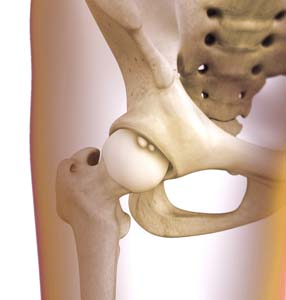
Hip synovitis, also called transient hip synovitis or toxic synovitis, is a condition characterized by inflammation of the synovial tissues that surround the hip joint.
Know More Launch Movie - Osteoarthritis of the Hip
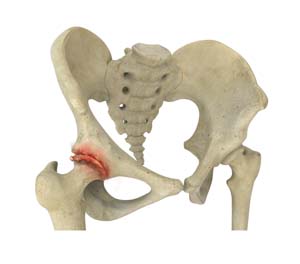
Osteoarthritis, also called degenerative joint disease, is the most common form of arthritis.
Know More - Hip Pain

Hip pain, one of the common complaints, may not always be felt precisely over the hip joint rather in and around the hip joint. The cause for pain is multifactorial and the exact position of your hip pain suggests the probable cause or underlying condition causing it.
Know More - Hip Labral Tear

A hip labral tear is an injury to the labrum, the cartilage that surrounds the outside rim of your hip joint socket.
Know More Launch Movie - Hip Ligament Injuries
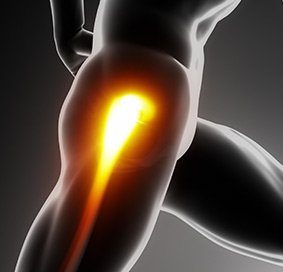
Injuries to the hip ligaments are commonly called a hip sprain and can range from minor tears of the ligaments to more serious injuries involving the hip muscles, tendons or bone.
Know More - Hip Injury
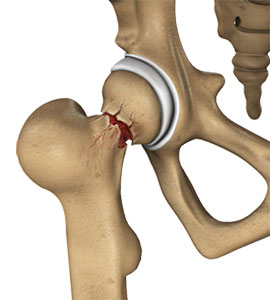
The hip joint is one of the most important and flexible joints in the human body which allows us to walk, run, bend and perform physical activities.
Know More - Gluteus Tendon Tear
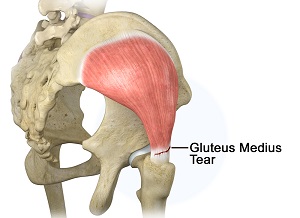
The gluteal muscles (situated in the buttocks) are necessary for the stability and movement of the hip joints.
Know More - Hip Dislocation

Hip dislocation occurs when the head of the femur moves out of the socket. The femoral head can dislocate either backward (posterior dislocation) or forward (anterior dislocation).
Know More - Gluteus Medius Tear
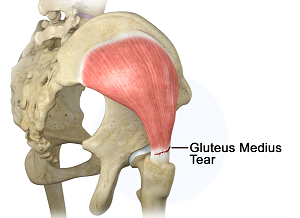
A gluteus medius tear is the partial or complete rupture of the gluteus medius muscle due to severe muscle strain. Gluteus medius tears often occur at the tendinous attachment to the greater trochanter of the femur bone.
Know More Launch Movie - Hip Instability

Injury or damage to these structures can lead to a condition called hip instability when the joint becomes unstable.
Know More - Snapping Hip Syndrome
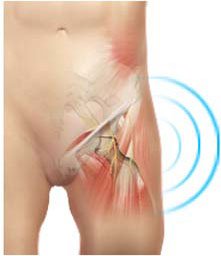
Snapping hip syndrome is a condition in which you hear or feel a snapping sound in the hip when you swing your legs, run, walk or get up from a chair. The sound can be experienced in the back, front or side of the hip.
Know More - Developmental Dysplasia
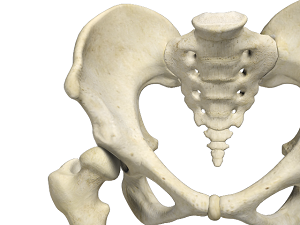
Developmental dysplasia of the hip (DDH) or hip dysplasia is a condition that is seen in infants and young children because of developmental problems in the hip joint.
Know More - Hip Adductor Injuries
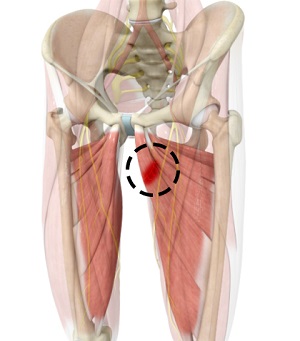
Hip adductors are the group of muscles on the inner side of your thigh that enable adduction or the ability to bring the thighs together.
Know More - Acetabular Pincer Deformity
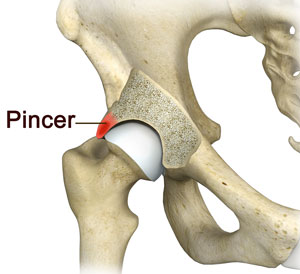
Acetabular pincer deformity, also referred to as pincer impingement, is an abnormality of the acetabulum (hip socket) where the acetabulum is excessively deep or over covers the femoral head, resulting in impingement of the femoral neck and rupture of the labrum.
Know More - Os Acetabuli
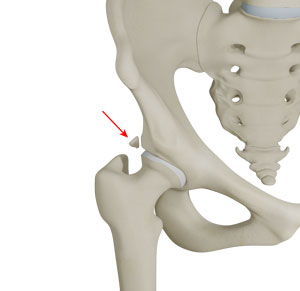
An Os Acetabuli is a lesion of the acetabular rim commonly seen in patients with Femoral Acetabular Impingement (FAI) and hip dysplasia. It is an unfused secondary ossification (process of creating bone) center of the acetabulum and is an area in the acetabulum where bone has not properly formed.
Know More - Ischiofemoral Impingement
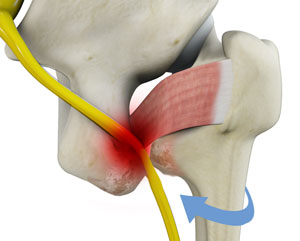
Ischiofemoral impingement decompression is a surgery performed to relieve hip pain caused by entrapment or compression of soft tissue in the ischiofermoral space present between the upper part of the thigh bone and the lower back part of the hip bone.
Know More - Gluteal Strain
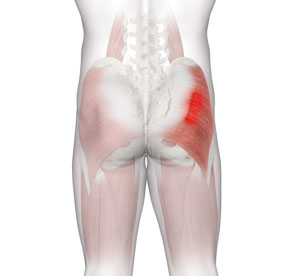
A gluteal strain is a condition characterized by a partial or complete tear of the gluteus muscles, also known as the buttocks. The gluteus muscles are a group of strong muscles present at the back of the pelvis. These muscles help with the movement and stabilization of the hip joint.
Know More - Groin Strain
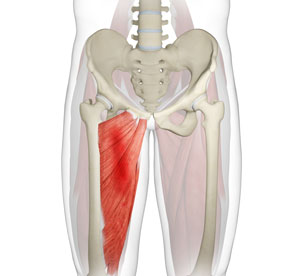
A groin strain or groin pull is an overuse injury to the adductor muscles that run along the inner thigh and pubic region. They help draw the leg inwards and stabilize the torso. A groin strain may result in pain and loss of movement.
Know More - Femoral Cam Deformity
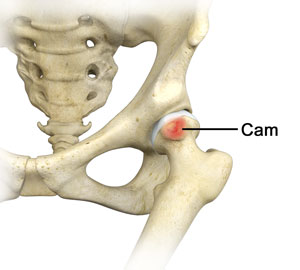
Femoral cam deformity, also referred to as cam impingement, is an irregularity or malformation of the ball at the top of the femur, or thigh bone.
Know More - Hip Bone Cysts
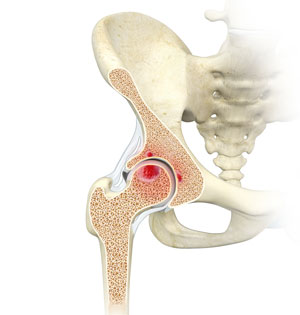
Hip bone cysts, also referred to as subchondral bone cysts, are fluid-filled sacs or spaces that form in one or both of the bones that make up a hip joint.
Know More - Ischial Bursitis
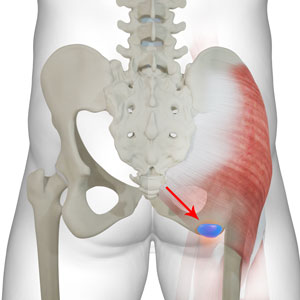
Bursae are fluid-filled sacs present between the tendons and bones to help facilitate smooth movement. Ischial bursitis is a condition in which a bursa in the buttocks becomes swollen and painful.
Know More - Athletic Pubalgia
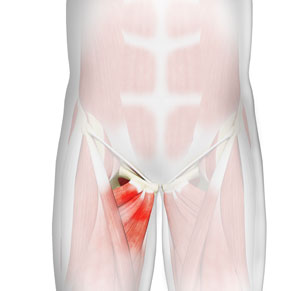
Athletic pubalgia, also known as sports-hernia and Gilmore’s groin, is a condition characterized by chronic pain due to damage or strain to the soft tissues in the groin and pelvic region.
Know More - Femoral Subchondral Cysts
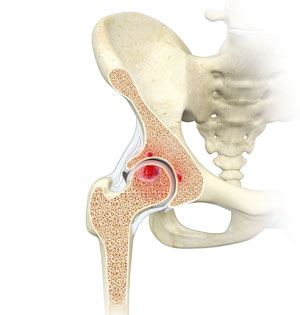
Femoral subchondral cysts are fluid-filled sacs or spaces that form in the femur (thighbone) side of the hip joint.
Know More - Labral Cysts of the Hip
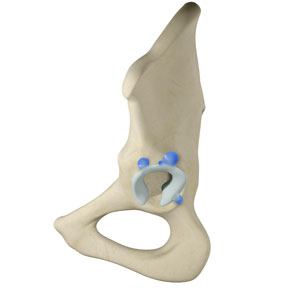
Labral cysts are small and well-defined fluid-filled sacs or lesions found adjacent to the cartilage labrum, a rim of tissue that surrounds the acetabulum (hip socket) and seals the hip joint.
Know More - Greater Trochanteric Pain Syndrome
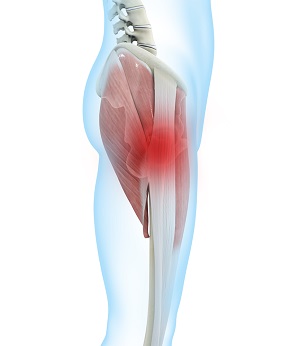
GTPS, also called trochanteric bursitis, is a localized painful condition affecting your outer thigh and hip area where the pain is typically confined to only the outer side of the femur at the edge of the hip.
Know More - Hip Flexor Strain
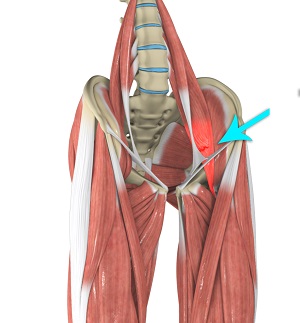
A hip flexor strain is an overuse injury to the flexor muscles of your hip and can range from a minor stretch injury to a complete tear of the muscle fibers or tendons.
Know More - Hip Bone Spurs
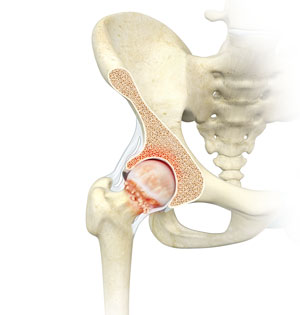
Hip bone spurs are bony projections that may develop near the junction of the hip bones at the hip joint and at areas where muscles, tendons, and ligaments are attached.
Know More - Trochanteric Bursitis
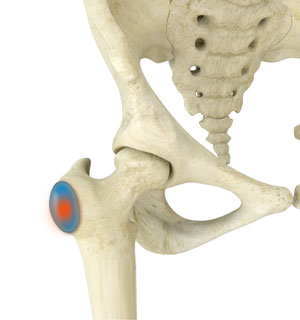
Trochanteric bursitis is a painful condition caused by inflammation of the trochanteric bursa, a fluid-filled sac that overlies the greater trochanter (bony prominence at the outer side of the hip).
Know More - Iliopsoas Tendonitis
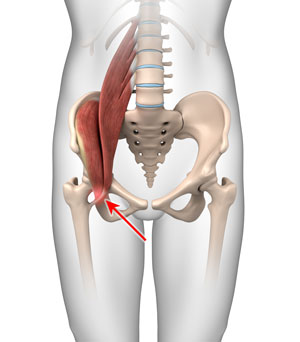
Iliopsoas tendonitis also referred to as snapping hip syndrome, is an inflammation of the iliopsoas tendon or the surrounding area.
Know More Launch Movie - Stress Fractures of the Hip
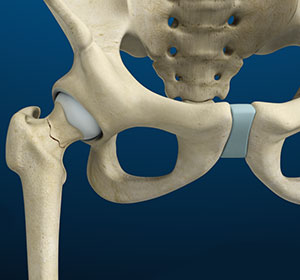
Stress fractures of the hip are a break in the upper part of the thigh bone (femur) that fits into the socket of the hip joint. It can occur in any part of the hip, however, it mostly occurs just below the ball of the ball-and-socket hip joint called the femoral neck.
Know More - Avulsion Fractures of the Pelvis
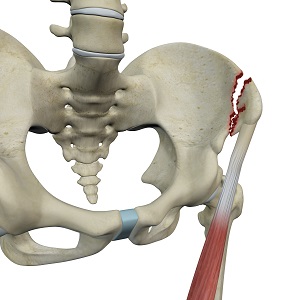
Avulsion fractures of the pelvis is an injury that occurs when a tendon or ligament pulls off a piece of bone from the hip. This results in a part of the pelvic (hip) bone breaking away from the main part of the bone.
Know More - Borderline Hip Dysplasia
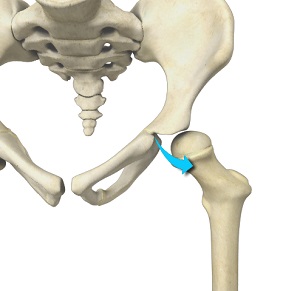
Hip dysplasia is a medical condition where the acetabulum (hip socket) does not fully cover the ball-like head at the top of the femur (thighbone). Most people who have hip dysplasia are born with it.
Know More - Iliopsoas Impingement
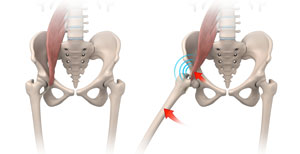
Iliopsoas impingement also known as internal snapping hip syndrome is a condition characterized by inflammation and pain in the iliopsoas muscles resulting in abnormal movement of the hip.
Know More - Hip Flexor Pain
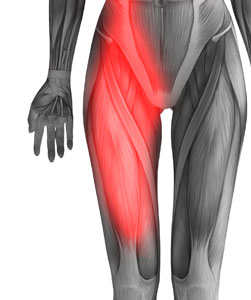
Hip flexor pain is a distressing feeling or discomfort noted in the hip and/or groin region that can make everyday activities, such as going up and down the stairs or lifting your leg to tie a shoe extremely difficult and painful and can severely limit your activity and mobility.
Know More - Avascular Necrosis
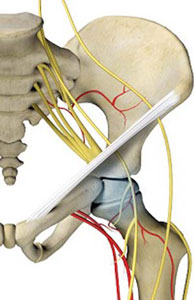
Avascular necrosis, also called osteonecrosis, is a condition in which bone death occurs because of inadequate blood supply to it.
Know More - Hip and Groin Disorders
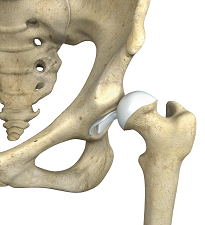
Hip and groin disorders are more common in athletes. They are caused by rapid acceleration and deceleration motion.
Know More - Hip Abductor Tears
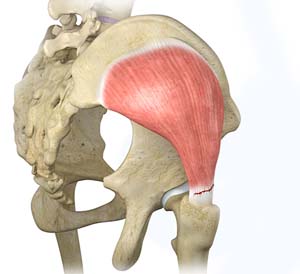
Hip abductors are a major group of muscles found in the buttocks. It includes the gluteus maximus, gluteus medius, gluteus minimus, and tensor fascia lata muscles.
Know More - Irritable Hip
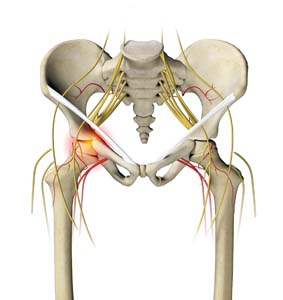
Irritable hip, also known as acute transient synovitis, is a common disorder of childhood characterized by hip pain and limping. The term transient means that it does not last long. It usually occurs before puberty and affects only one hip. Boys aged between 4 to 10 years are most often affected.
Know More - Hip Tendonitis
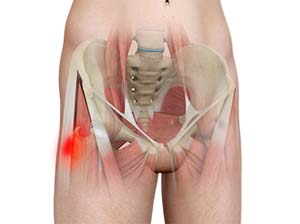
Tendons are strong connective tissue structures that connect muscle to bone. Hip tendonitis is a condition associated with degeneration of the hip tendons. This condition is mainly caused due to strain on the tendons which may occur due to overuse or biomechanical problems.
Know More - Hip Pointer
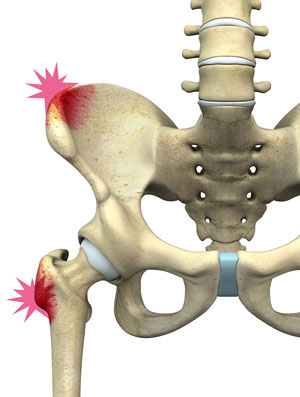
The hip joint consists of the femur (thighbone) and pelvic bone, which is made up of the fusion of three bones – the ischium, pubis, and ilium.
Know More - Transient Osteoporosis of the Hip
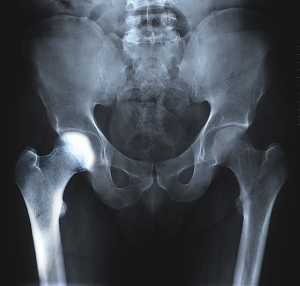
Transient osteoporosis of the hip is a rare condition that causes temporary bone loss in the upper region of the thighbone (femur). It occurs most often in young or middle-aged men of the age groups 30 to 60, and women in their later stages of pregnancy or early postpartum (following childbirth).
Know More - Groin Injuries in Athletes
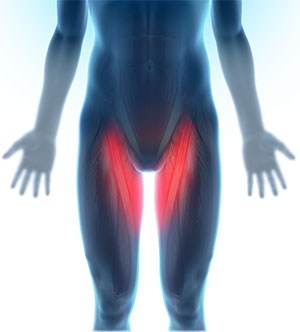
Groin injuries are injuries sustained by athletes during sports activity.
Know More - Hip Osteonecrosis
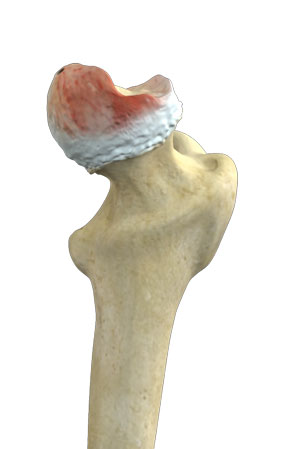
Hip osteonecrosis occurs due to disruption of the blood supply to the highest part of the thigh bone (femoral head). Due to lack of nourishment, the bone tissue of the femoral head dies and gradually collapses, which may further lead to degeneration of the underlying cartilage.
Know More - Partial Hamstring Tears
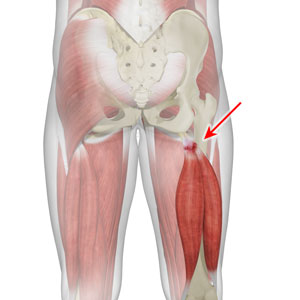
The hamstring is a group of three muscles known as semimembranosus, semitendinosus, and biceps femoris that run along the back of the thigh from the hip to the knee and help you extend your hip and bend your knee.
Know More - Hamstring Injuries
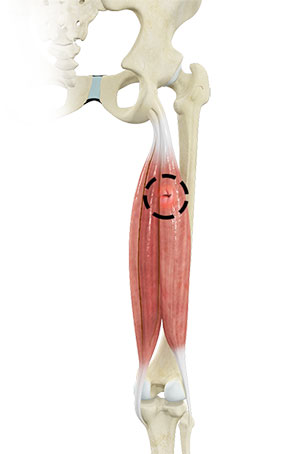
The hamstring is a group of three muscles that run along the back of the thigh from the hip to the knee.
Know More




